Botanical Art Exhibit
Botanical Art Graduate Exhibit
Virtual Exhibit February 15 - March 31, 2021
A marriage of art and science, botanical art immortalizes the plant world. The subject is carefully observed in different stages of growth, then measured, drawn, and painted to capture the plant’s graceful movement or intriguing personality. For this exhibition, each artist chose a theme to capture in five paintings. Themes range from the native buckeye to the joy of cooking with vegetables.
The 10 artists participating in this exhibition are graduates of Filoli’s botanical art certificate program. Students completed over 200 hours of class and homework, then spent an average of a year or more on their final project. While in the program, they worked with numerous instructors and received guidance from Lead Instructor Lee McCaffree.
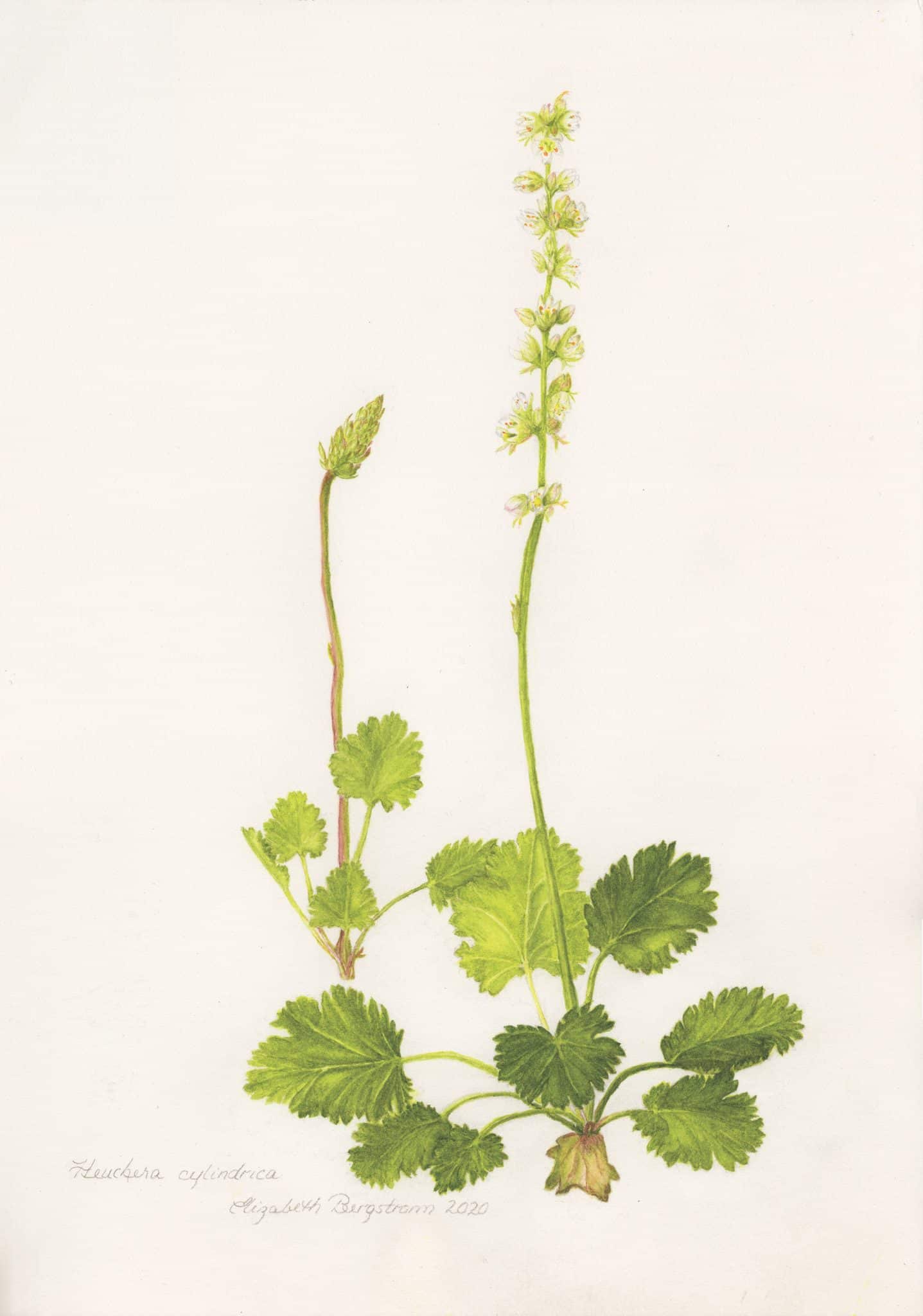



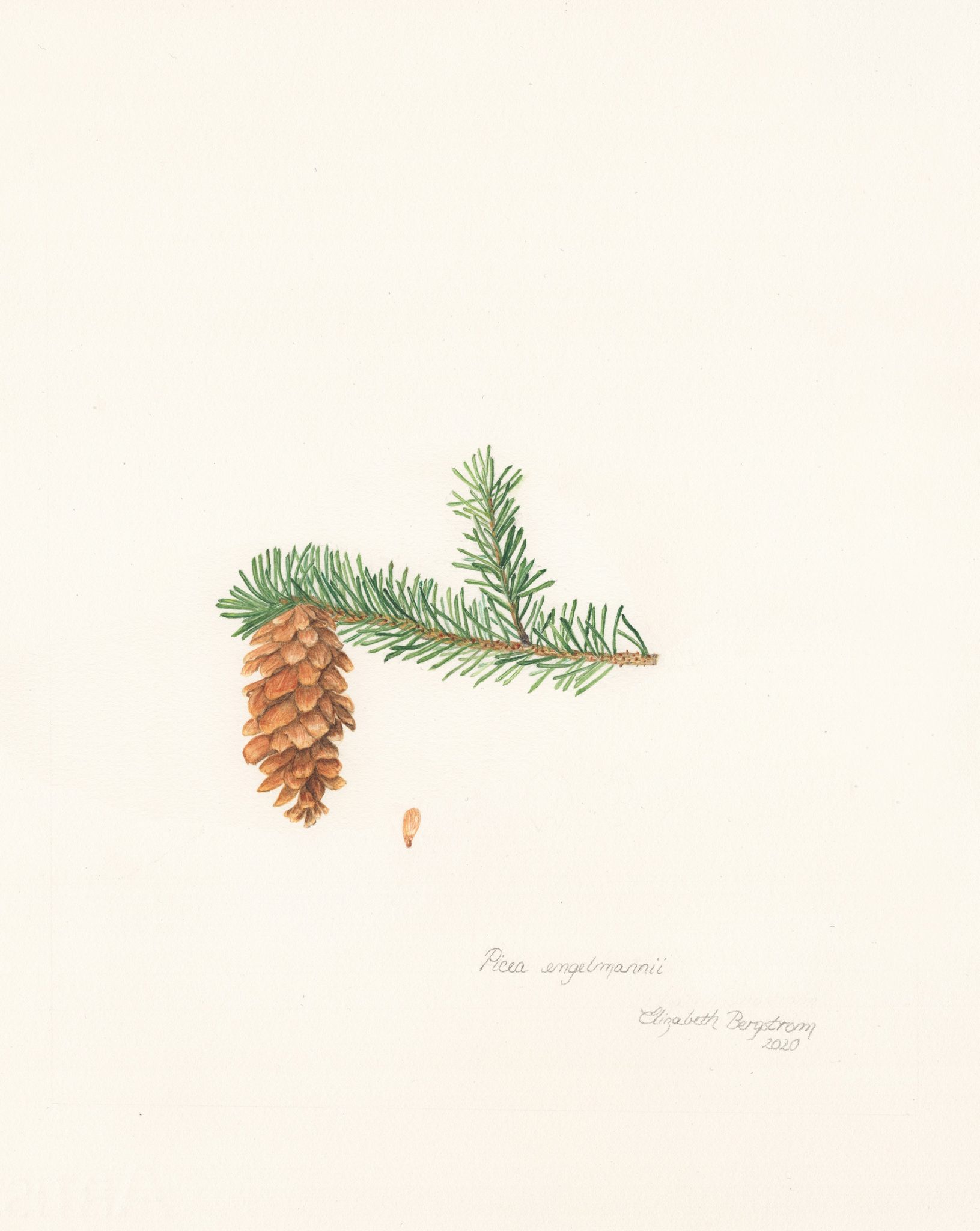





Elizabeth Bergstrom
Subalpine Rock Outcrop Plants of the Gravelly Mountain Range, Southwest Montana
I am fascinated by the subalpine plant communities of rock outcrops. How have these plants established on such thin skeletal soils? Early summer shrubby penstemon and alumroot transition to late summer fireweed. Fern is growing from shaded crevices. An Engelmann spruce provides shade as I sketch in this beautiful place.



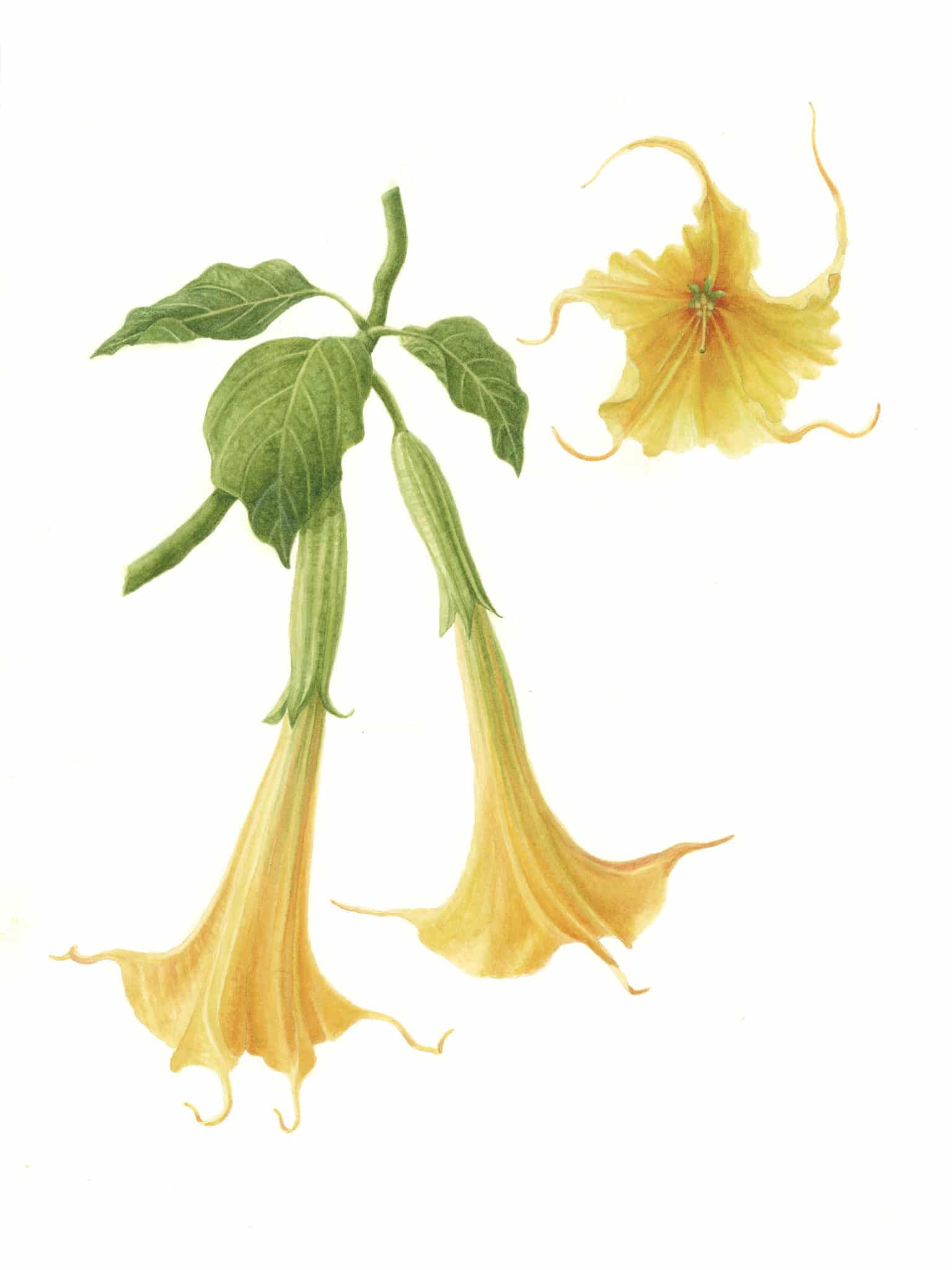







Molly Brown
Brugmansia
My final project includes five different species of Brugmansia rendered in watercolor. Brugmansia are toxic members of the deadly nightshade family and have been used for spiritual initiation, divination and black magic. I am interested in their unusual and exotic beauty, which I hope to have conveyed in my paintings.
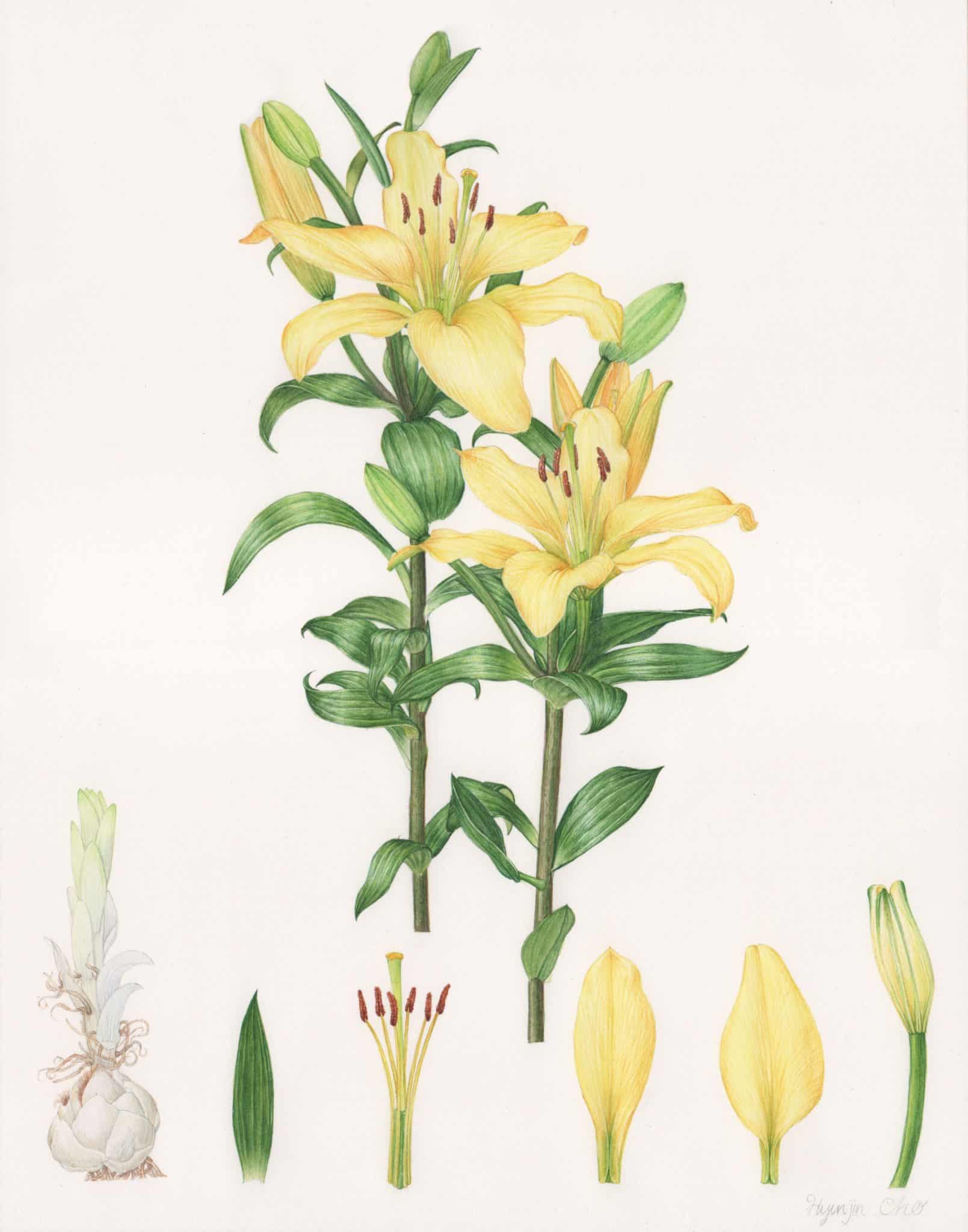
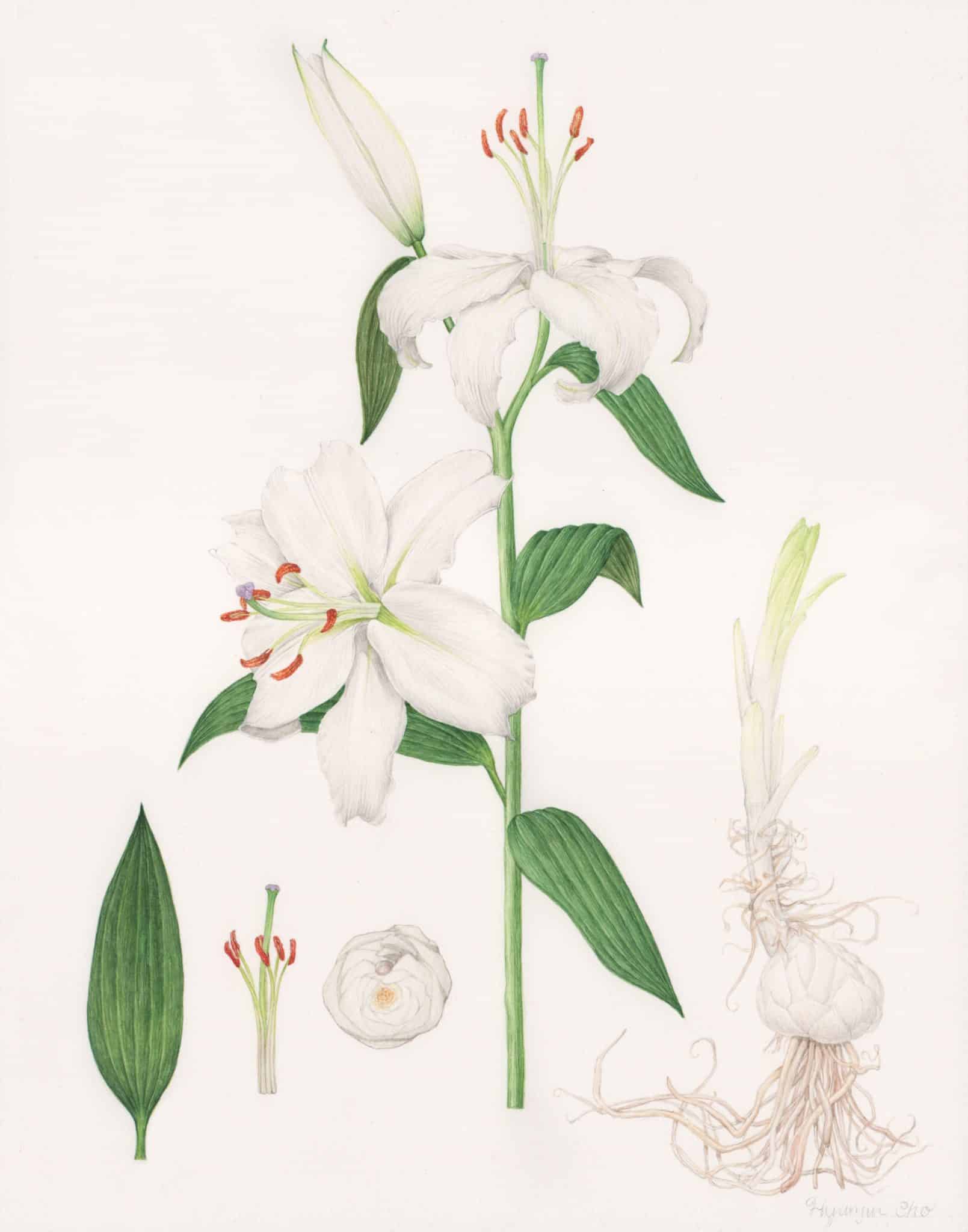


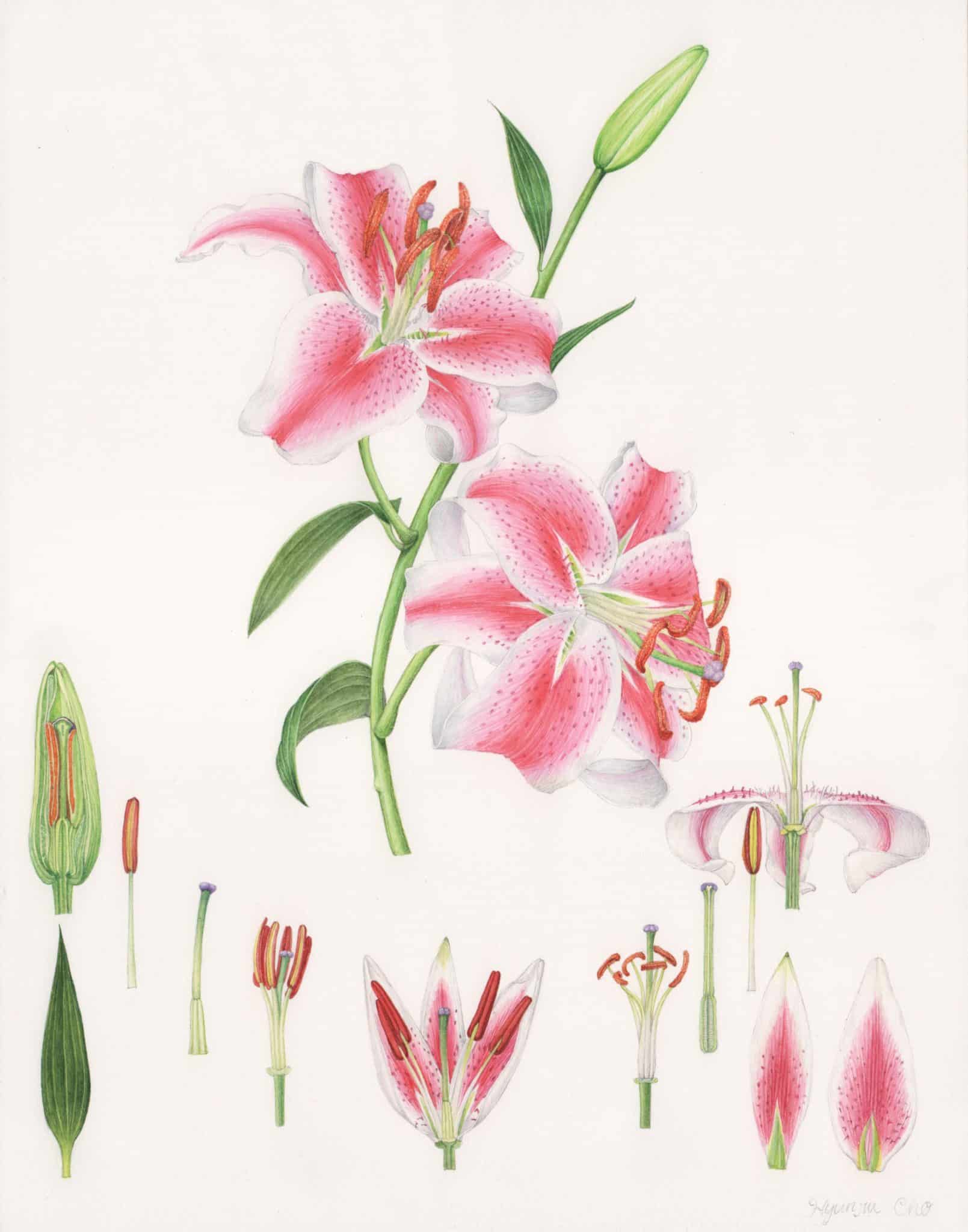





Hyunjin Cho
Lilies
I always decorate my family's table with beautiful vases of flowers. This makes us happy by giving us a fragrant smell and the joy of seeing. Among them, I especially liked the lily and decided to use that as my theme, and have completed it in various ways, compositions, arrangements, and materials.

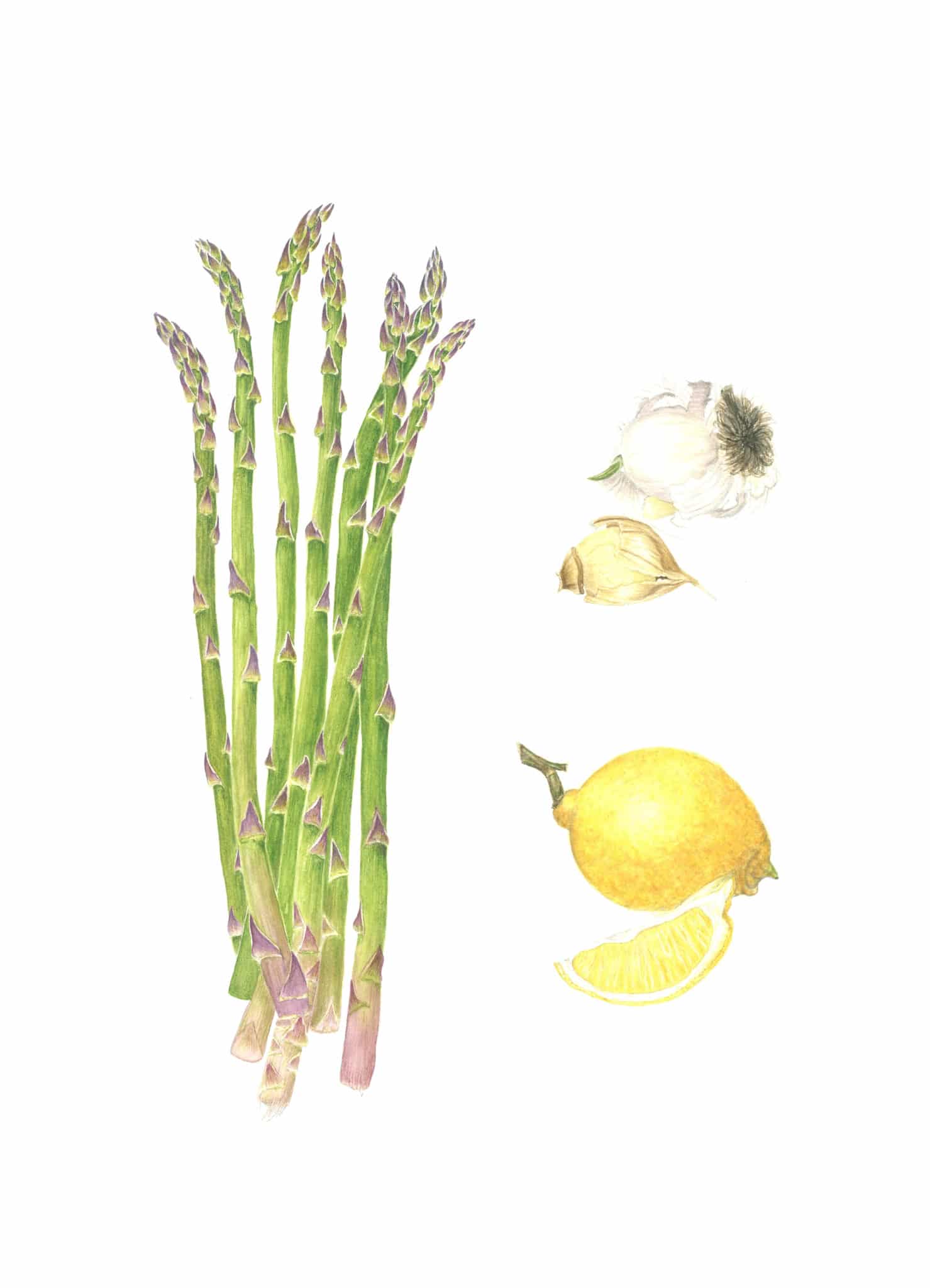

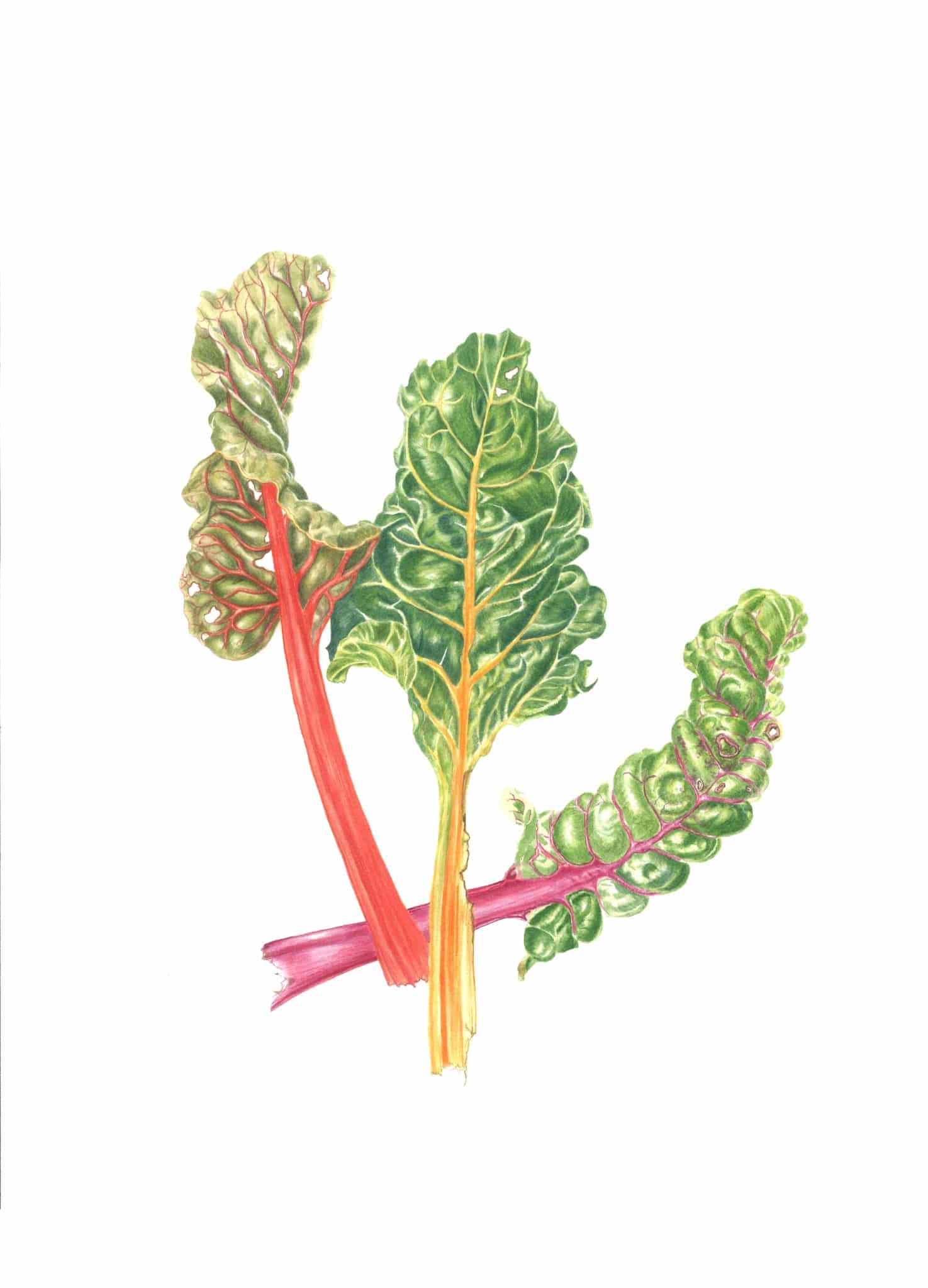
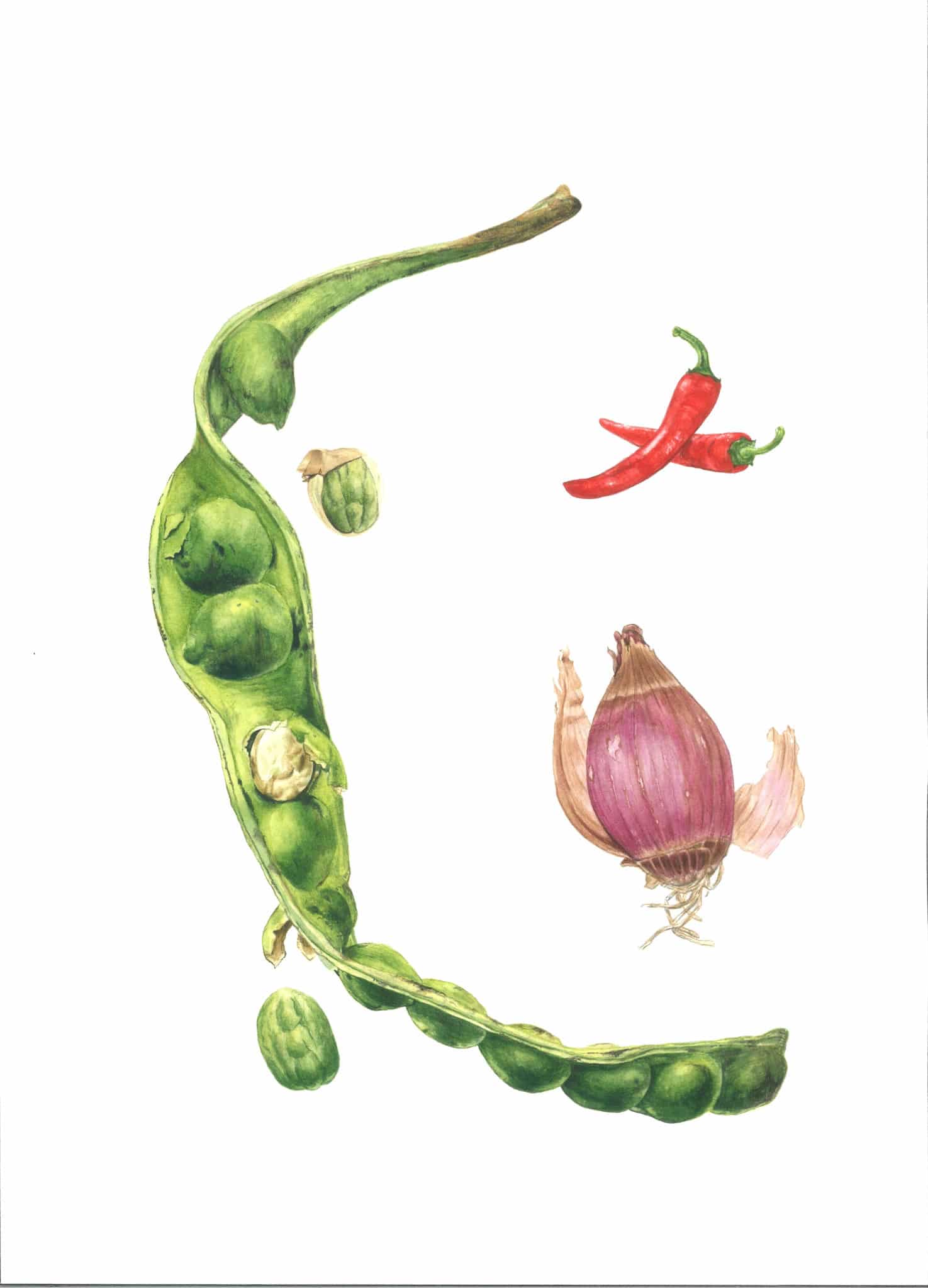


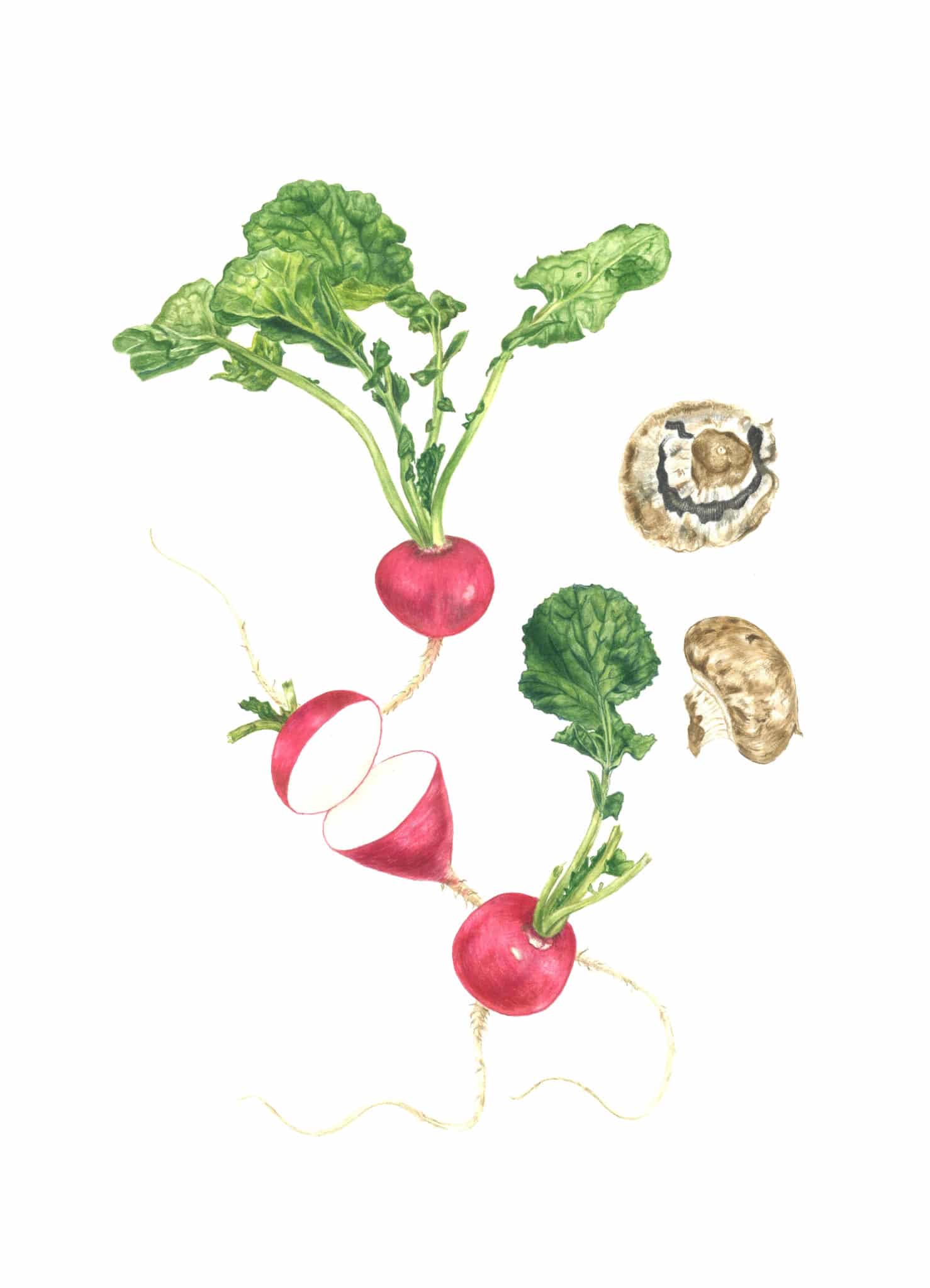


Astrid Dao
Astrid Dao is a botanical illustrator and calligrapher. She learned about botanical drawing through some art classes. She was intrigued by the world of watercolor and how it can beautifully capture the essence of the plants. She is also interested in nature painting and scientific illustration.
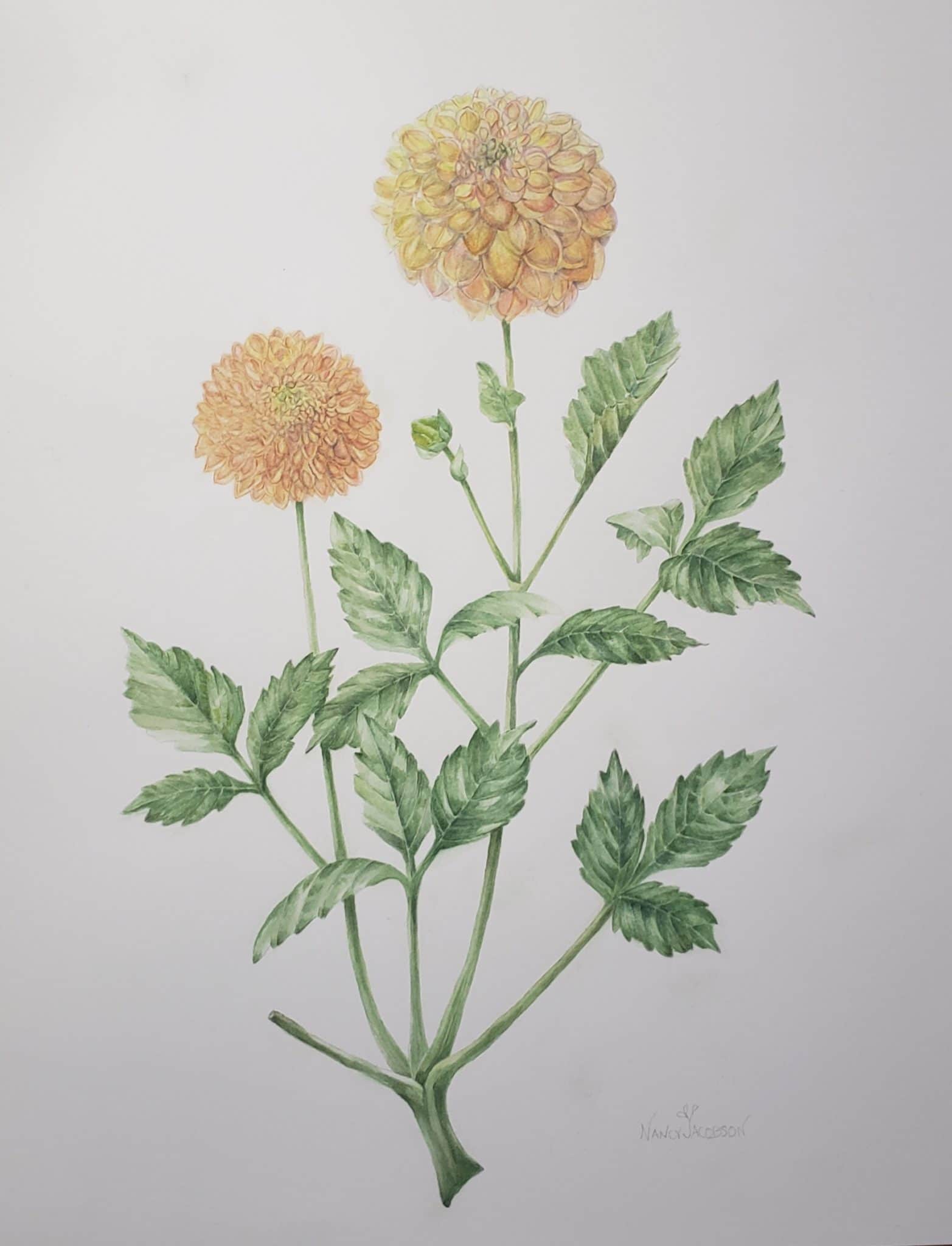


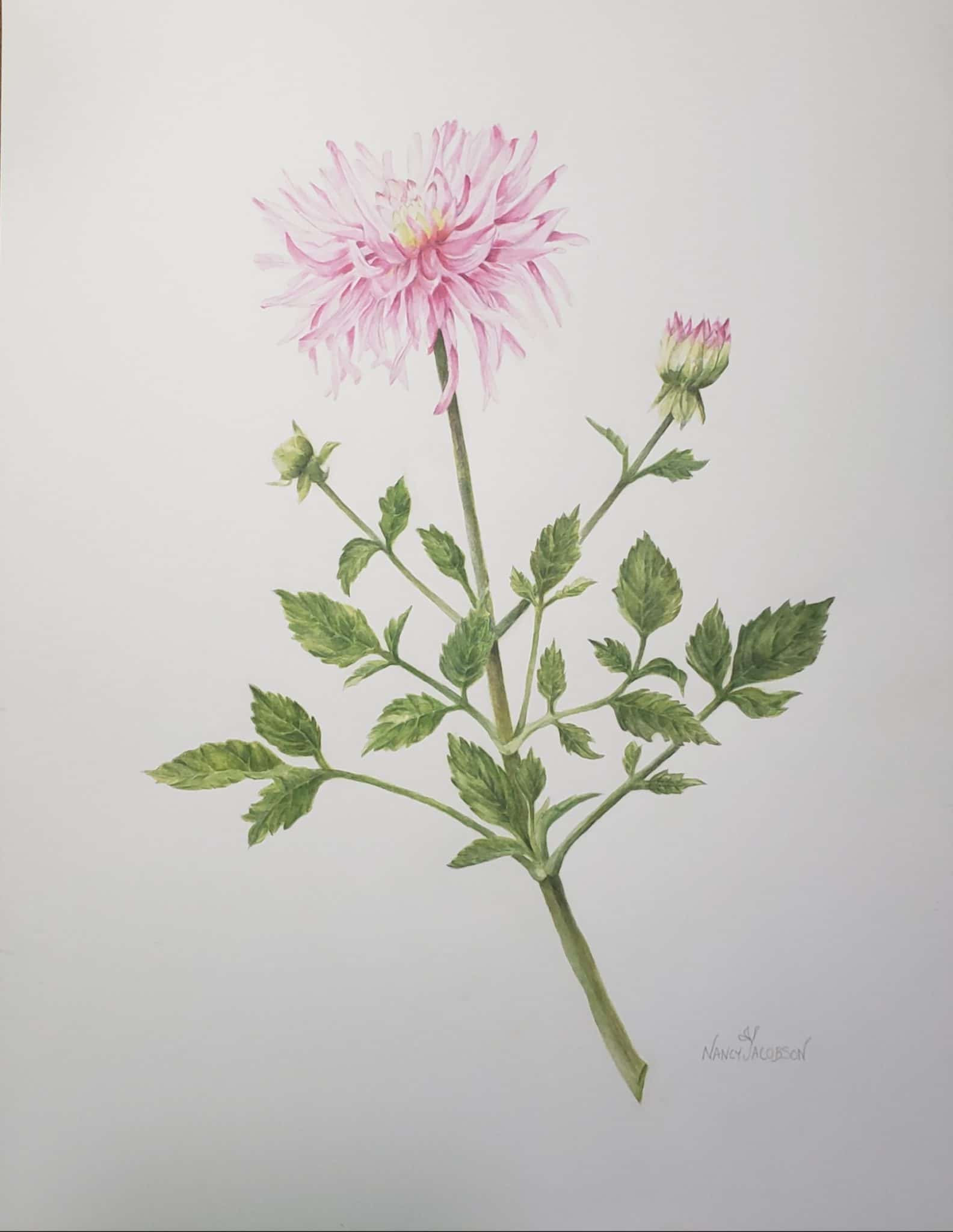
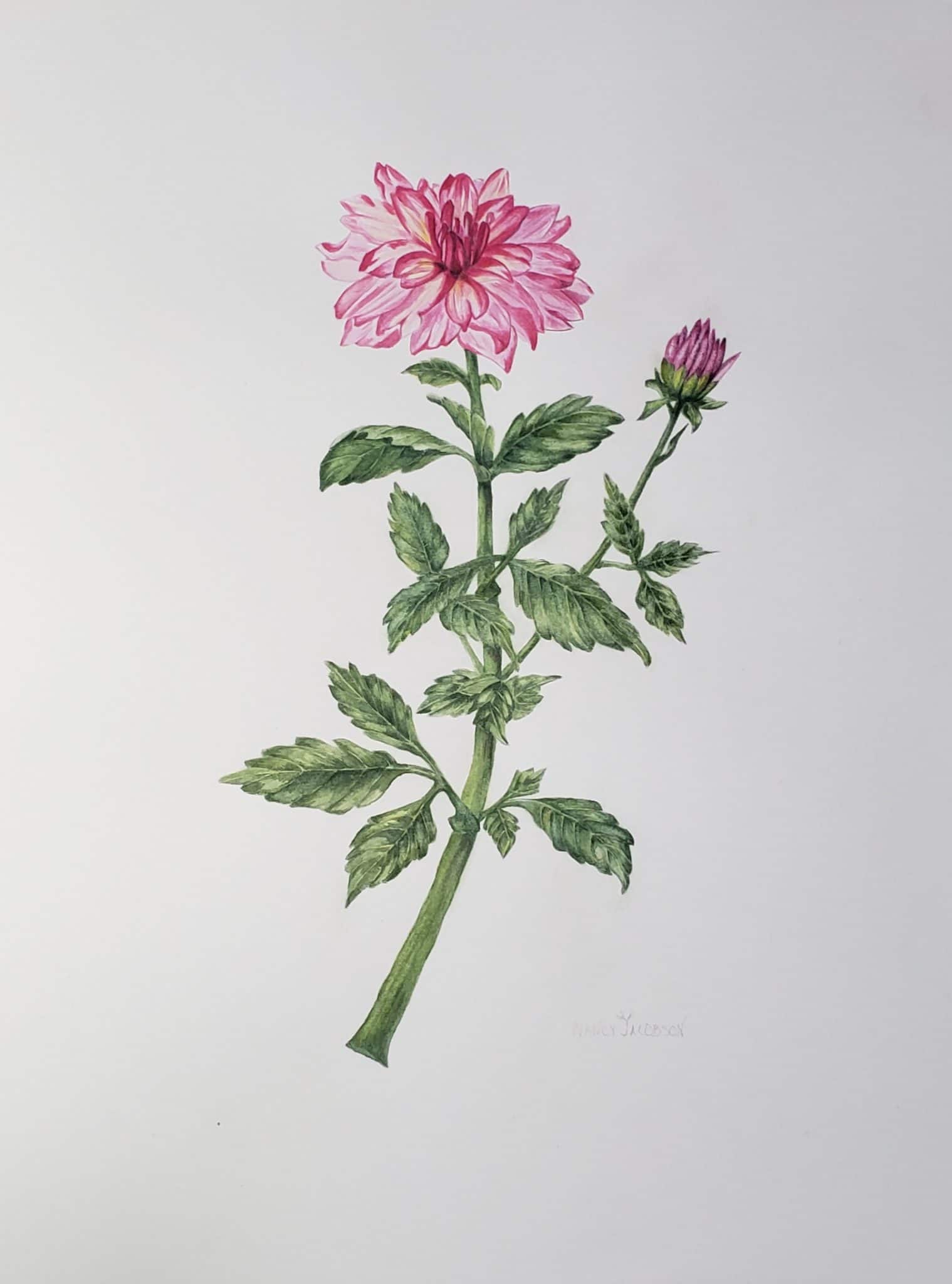





Nancy Jacobson
Dahlias
Enticed by the dahlia's beauty, color, and variety (over 20,000 types), I selected it for my final botanical art project. I could grow it in my limited garden space and its characteristics helped maintain my artistic interest. Botanically, it is a tuberous plant named after Andreas Dahl, a Swedish botanist.

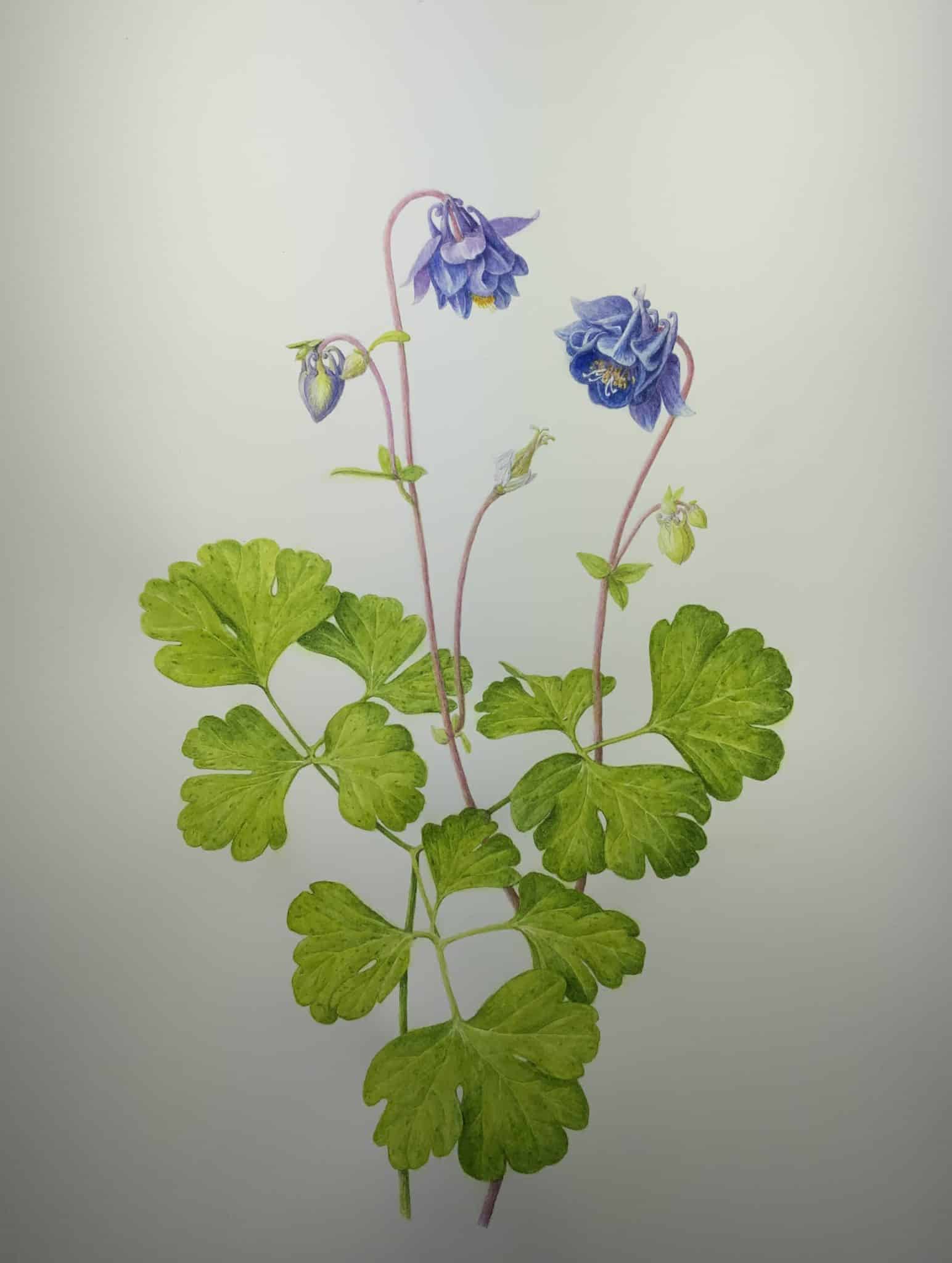

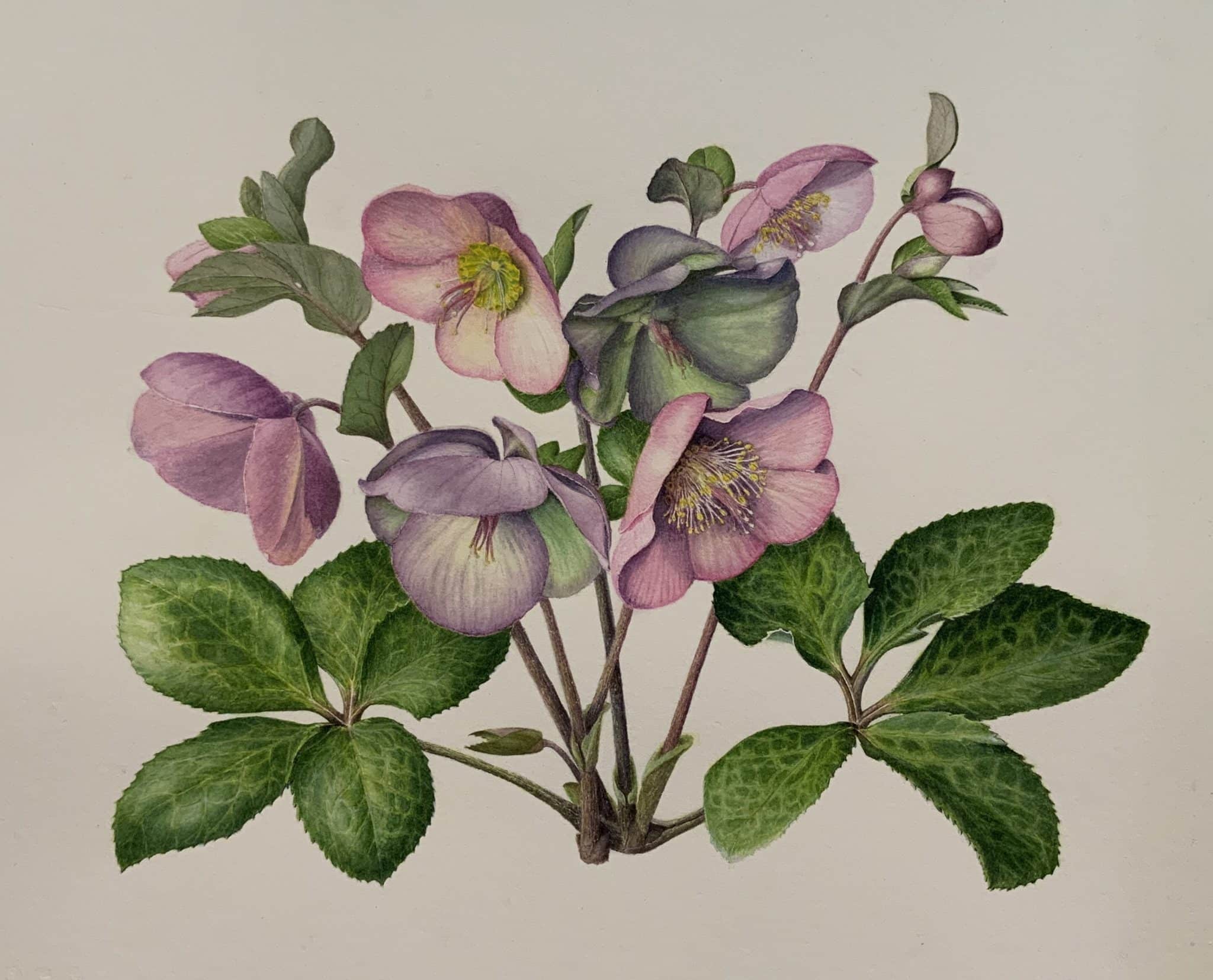






Deborah Kass
Ranunculaceae
I chose the Ranunculaceae as my final project theme for both artistic and practical reasons. This large family of poisonous plants includes a great variety of technically challenging and botanically interesting forms. Many grow well in Northern California, with blooming times scattered throughout the year, and are deer-resistant, too.
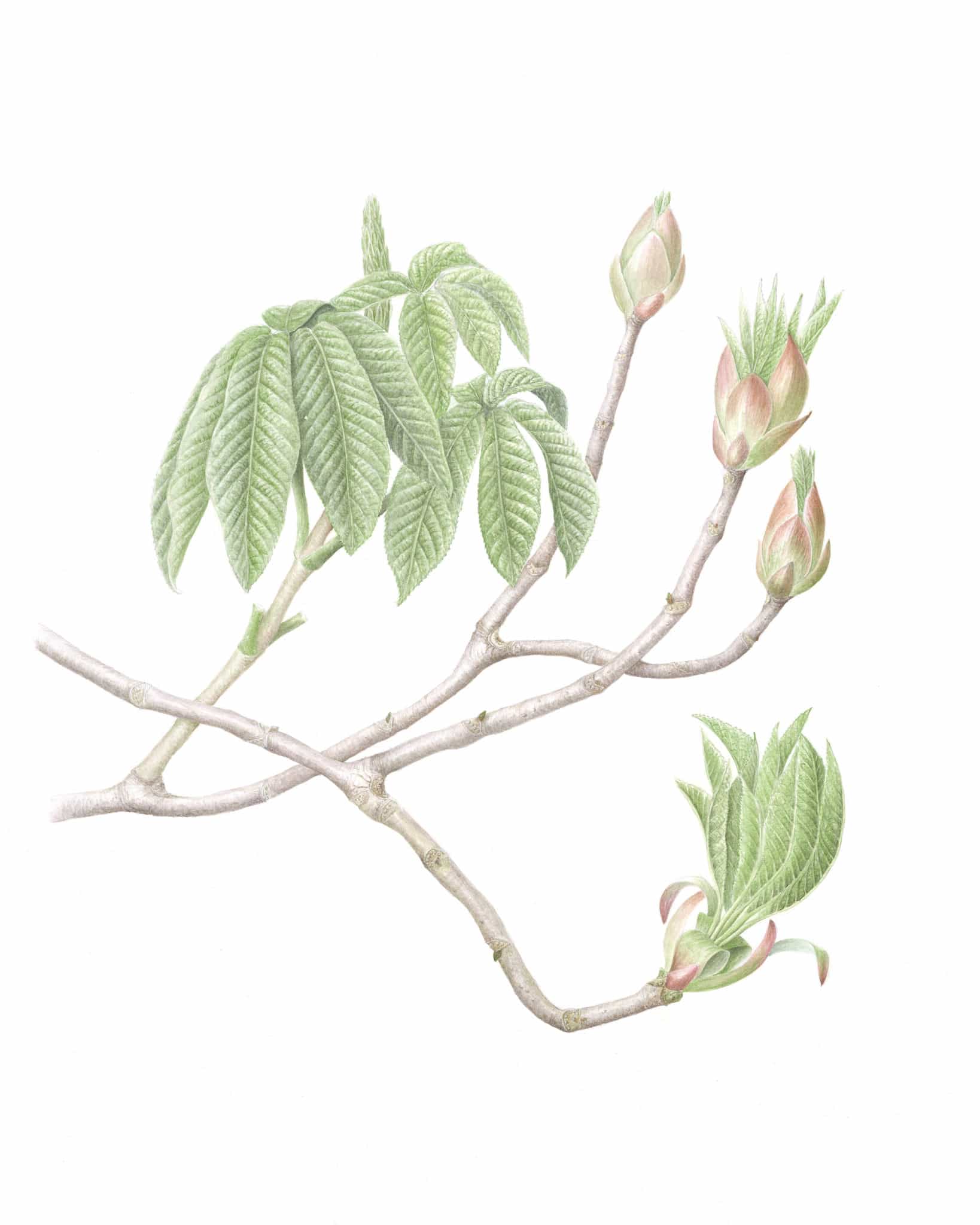


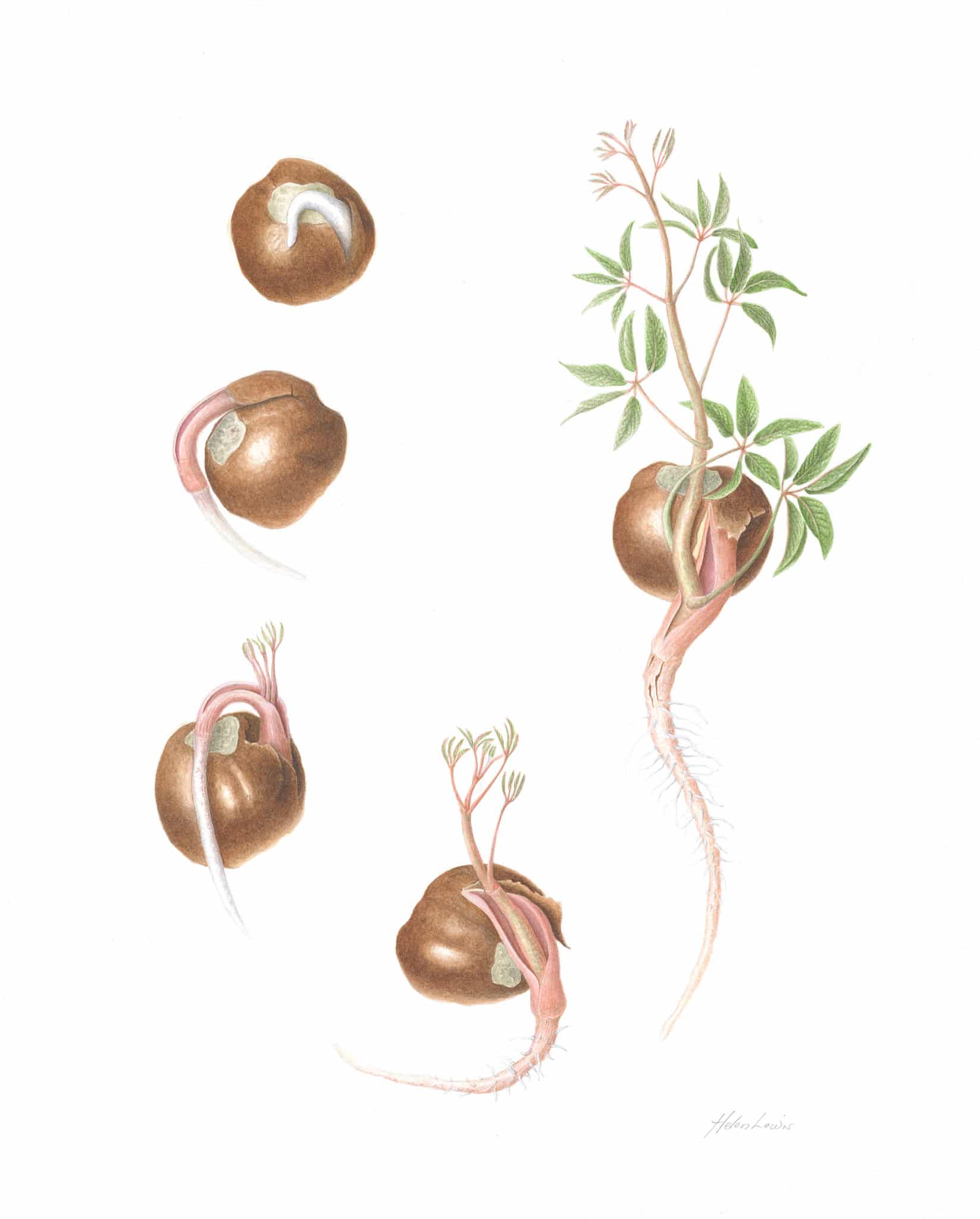
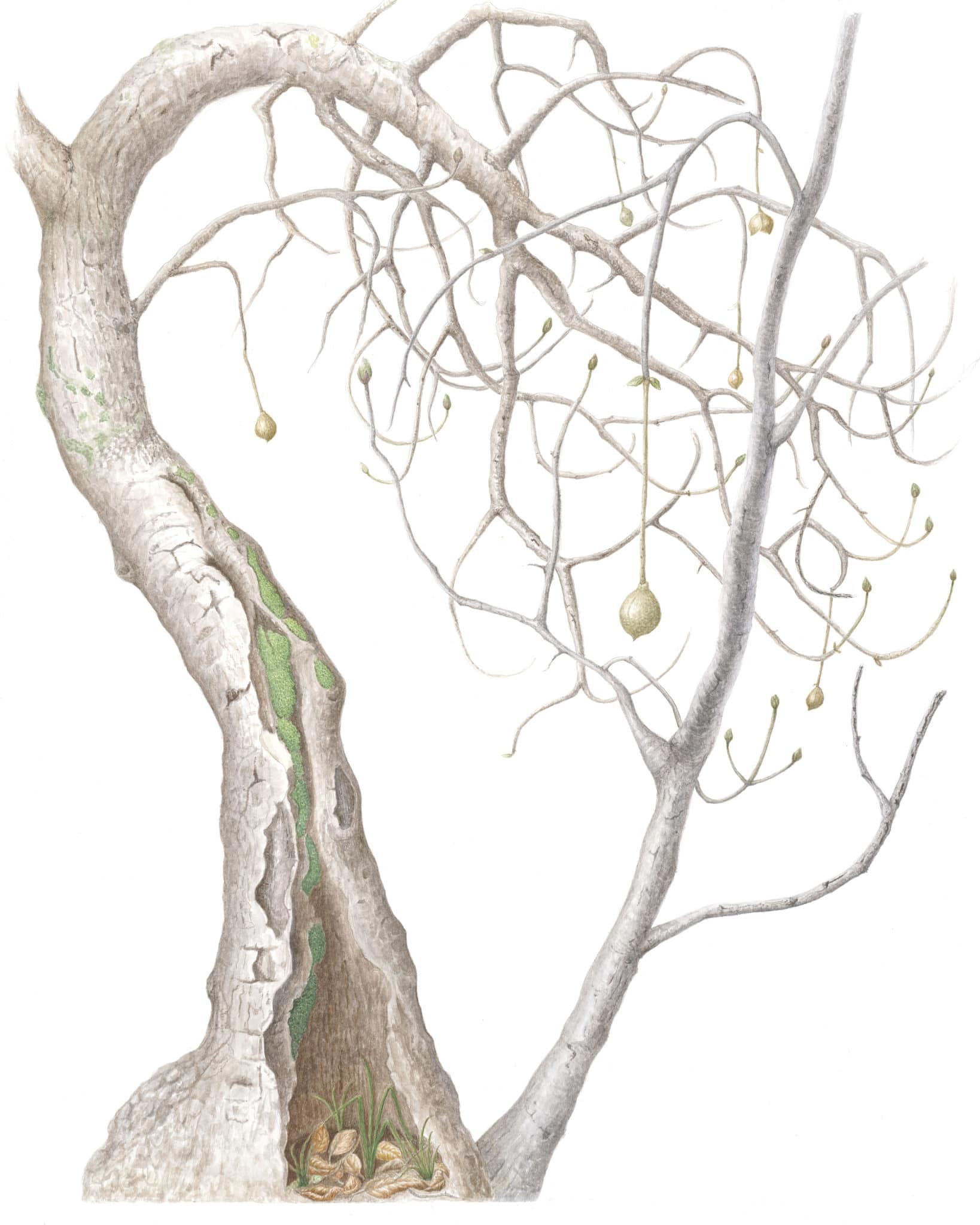





Helen Lewis
California Buckeye in a Year
The series was influenced by my observations on neighborhood trails studded with Aesculus californica. To me, the tree is botanically interesting throughout the year. In this project, I captured its development stages, one part at a time, in the hope that others may appreciate it as I have.
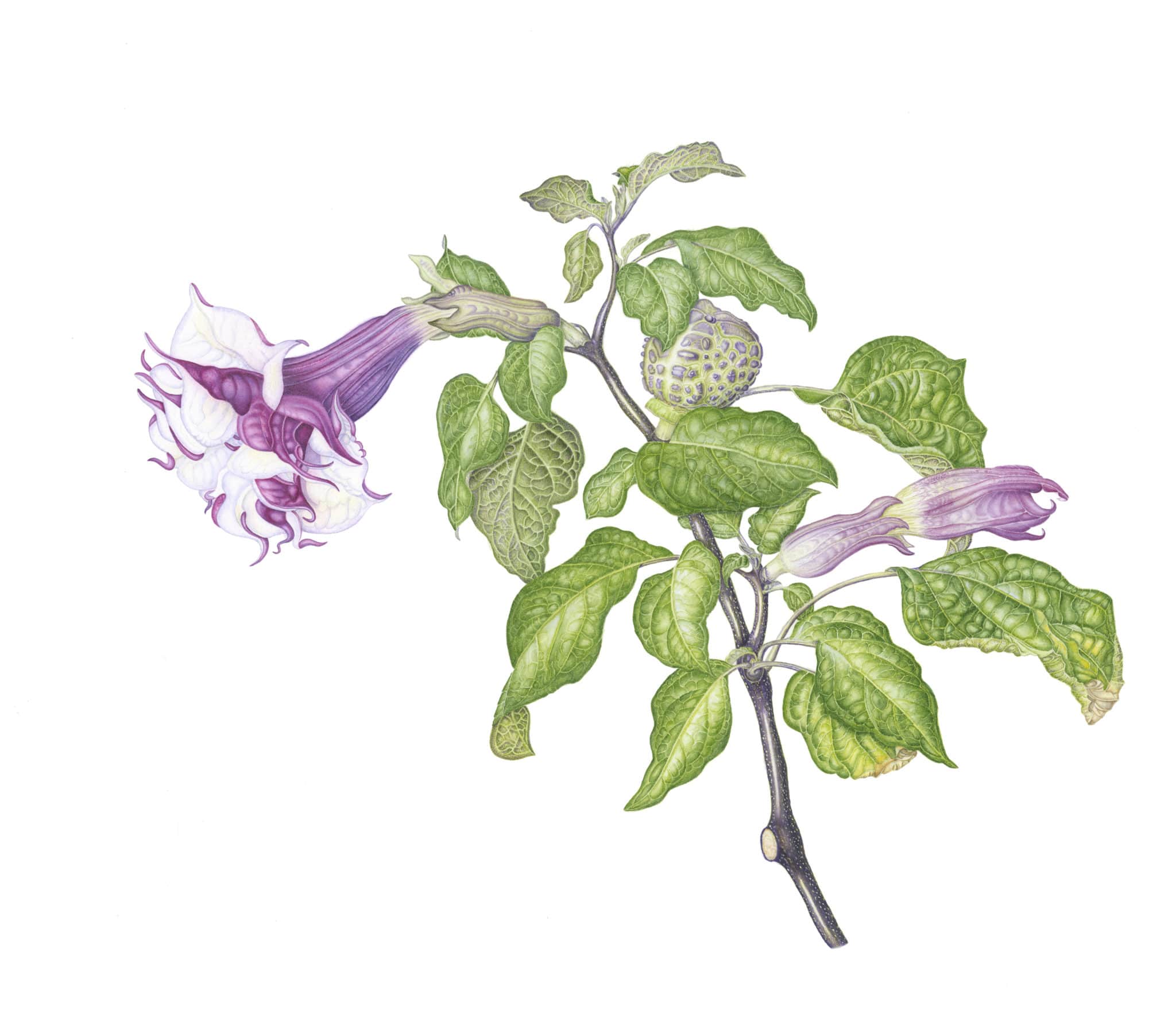

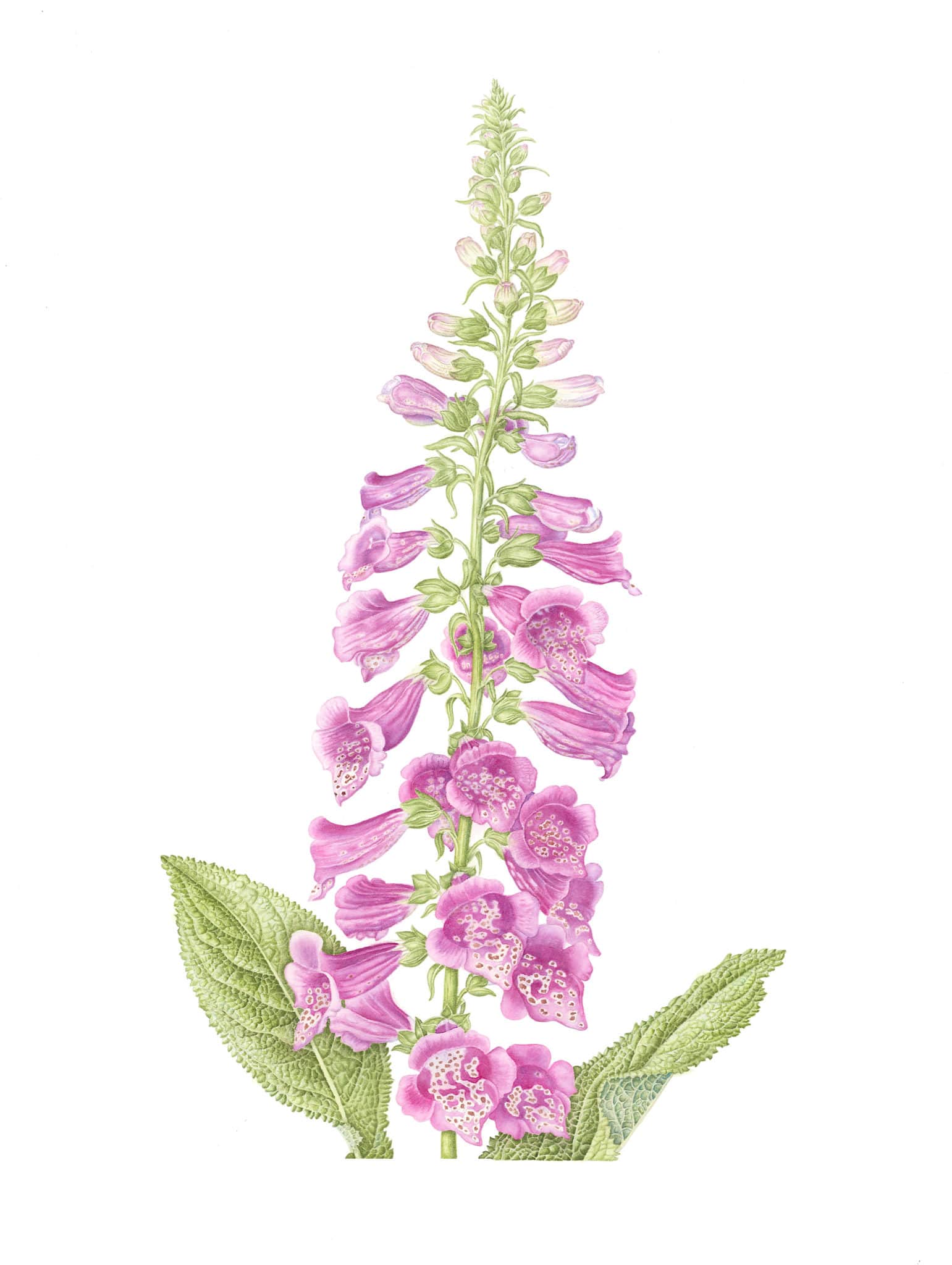

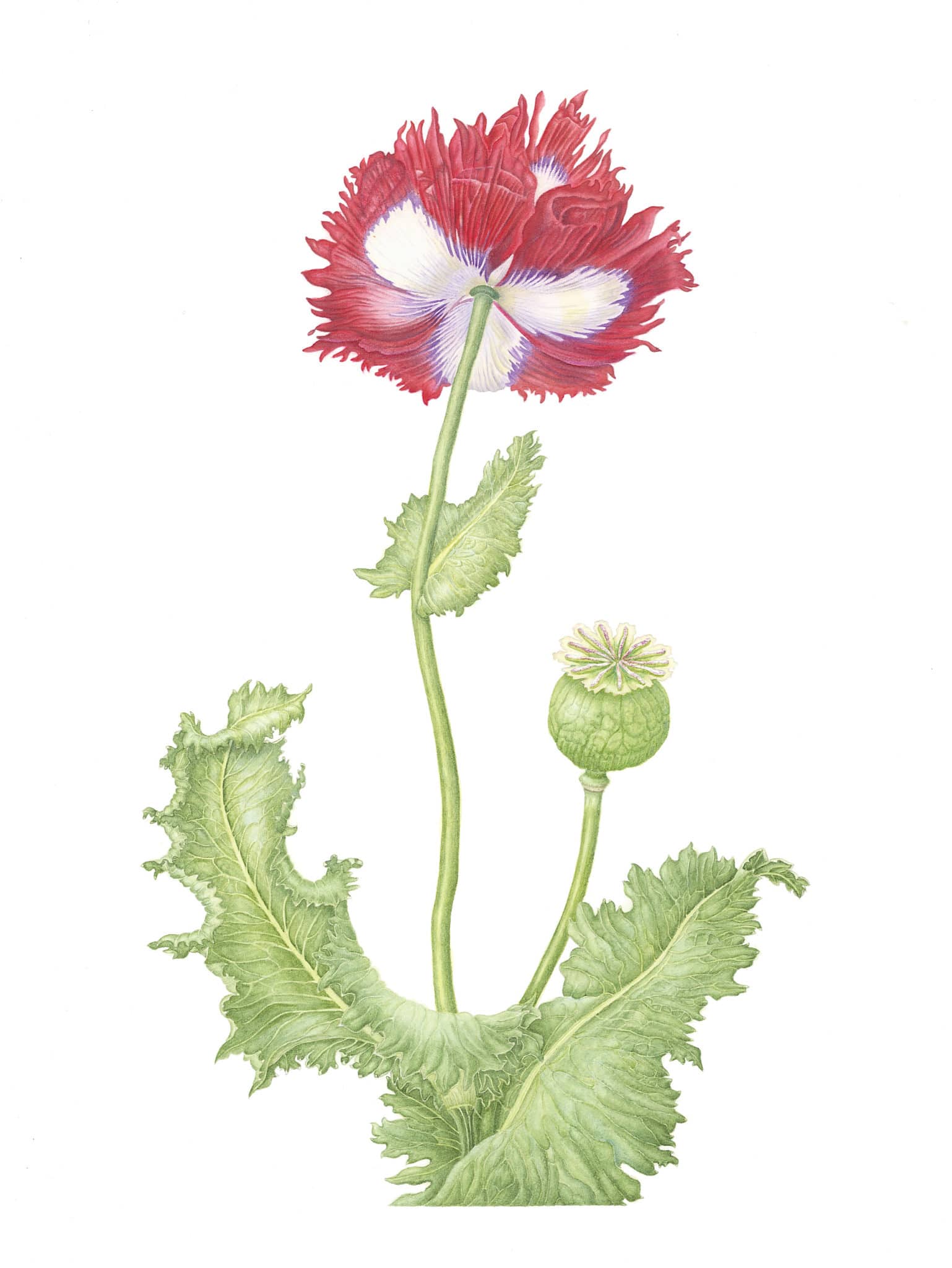





Lang Anh Pham
Beauty Beware: The Poisonous Plants in Agatha Christie Novels
I started reading Agatha Christie after I emigrated to the U.S. My first knowledge of Western plants came from her novels – digitalis, belladonna, monkshood – it was a twisted but fascinating introduction to Western flora. I am amazed that some plants can combine in this mysterious way, both beauty and deadliness. It’s the yin and yang of the botanical world.


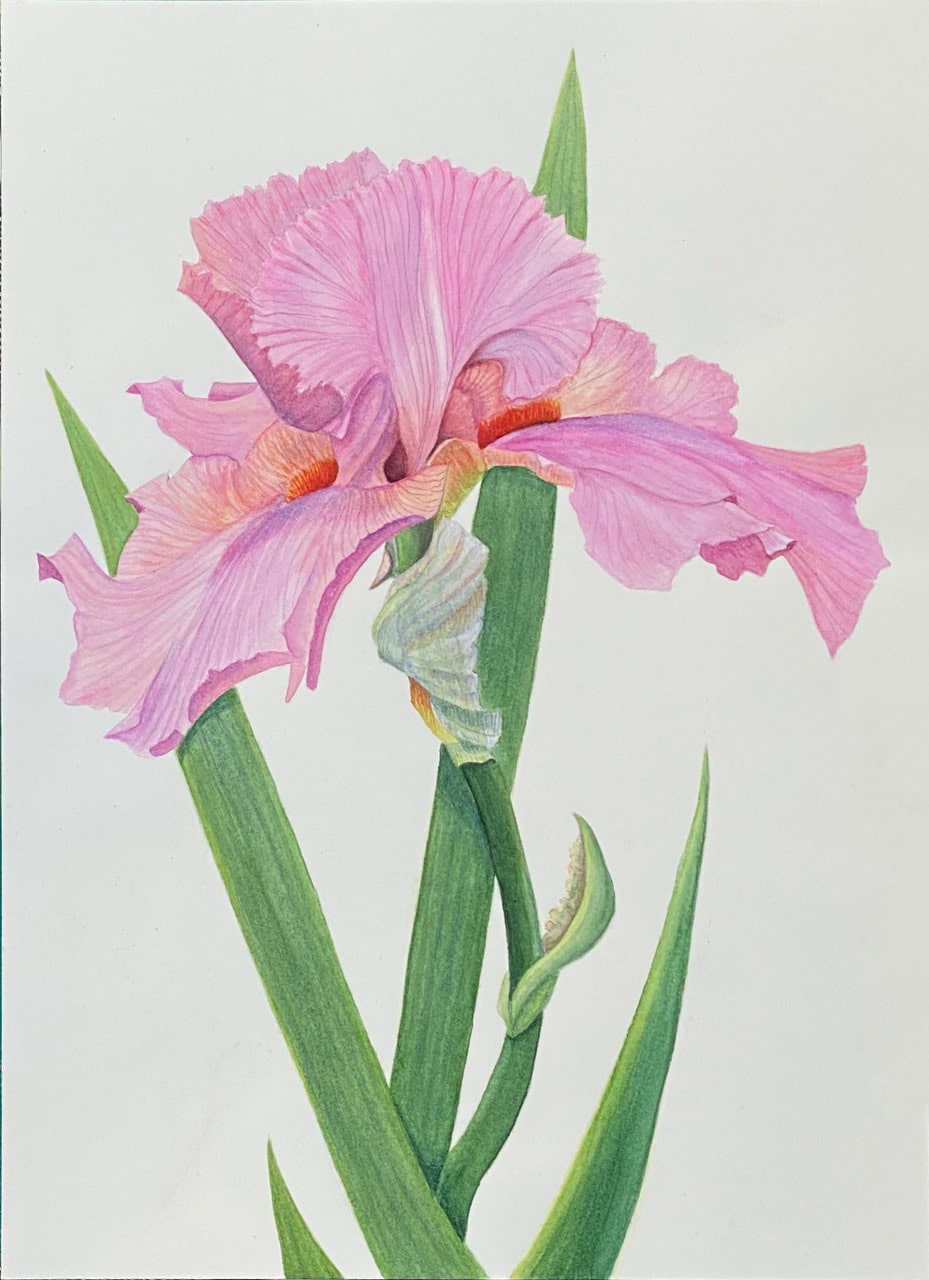







Lynette M. Porteous
My Garden
I love painting and gardening. Years ago, I was attracted to watercolor because of the intensity and transparency that can be achieved with this medium. Through the study of botanical art, I have become fascinated by the details of plants. Using watercolor to portray the flowers of my garden has been a joyful combination of two passions.
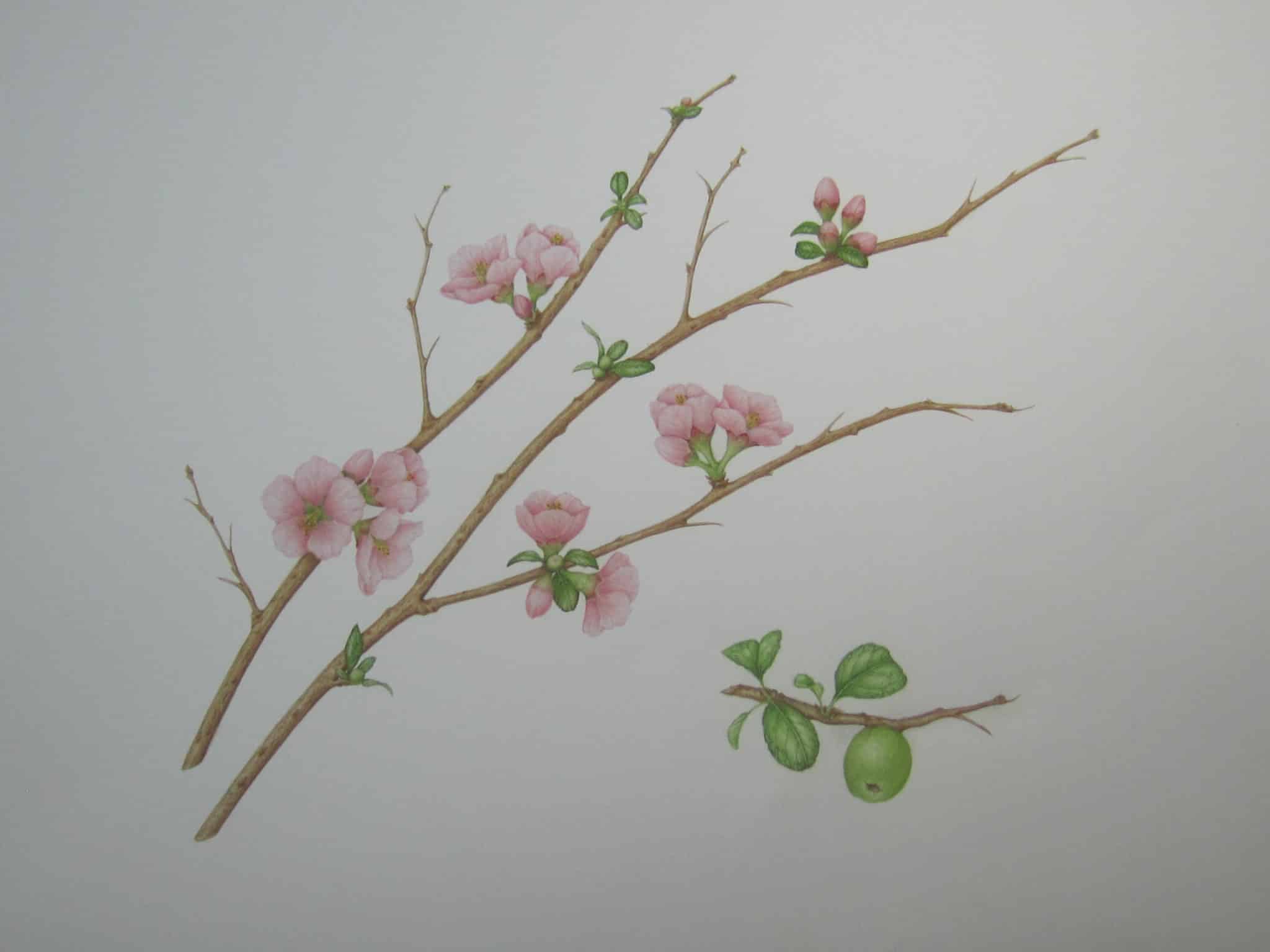

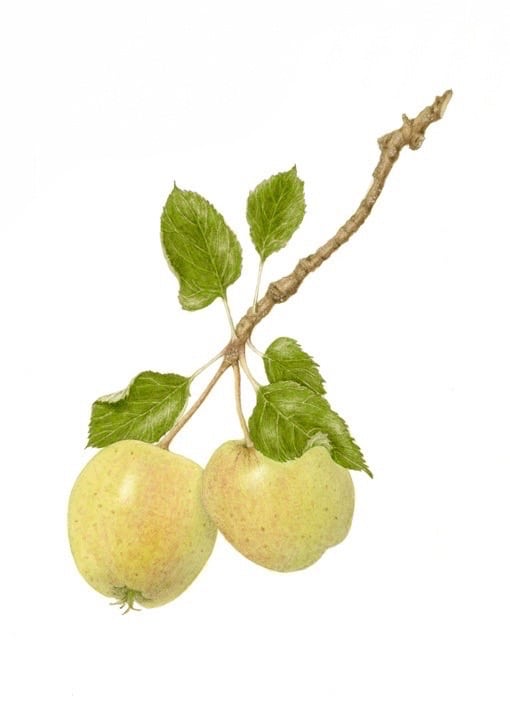
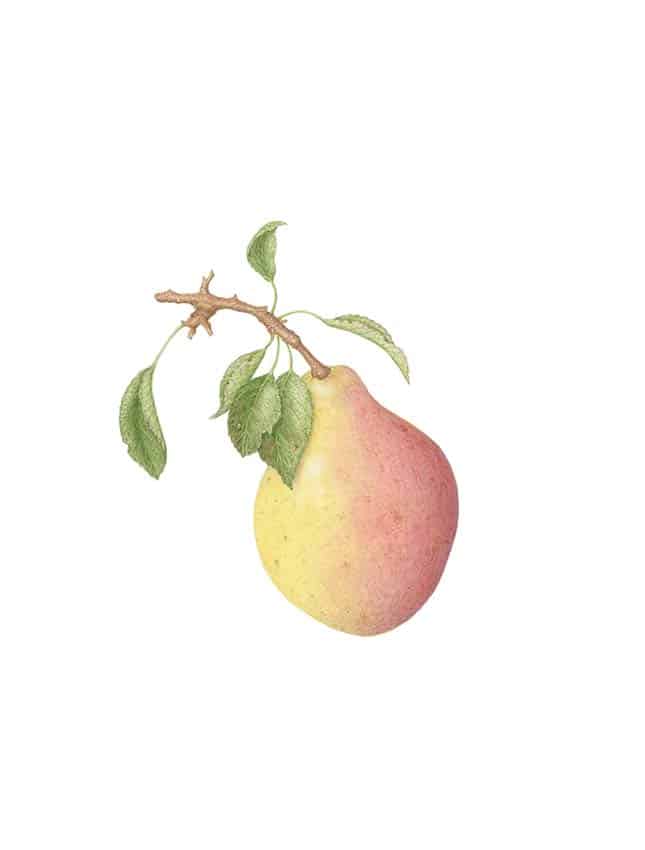






Lynn Randelman
Rosaceae
I choose to depict five fruits of the family Rosaceae, inspired by my love of rambling outdoors and discovering the wide variety that can be found within a single botanical family.
